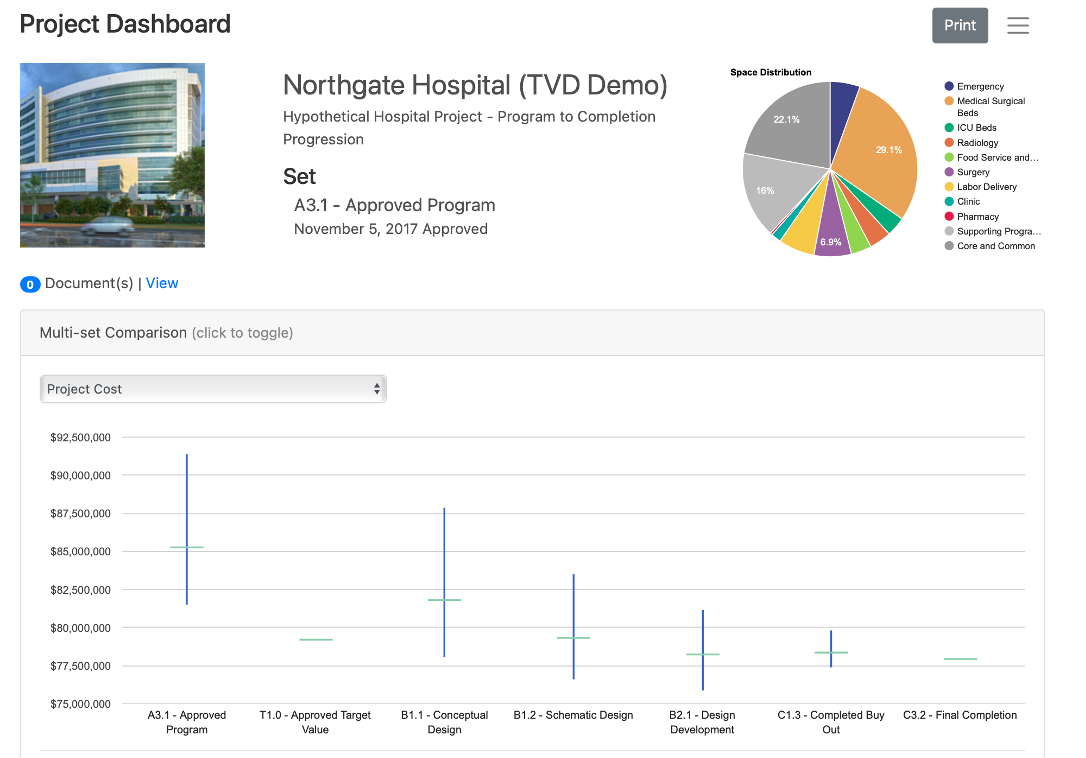In the spirit of 'Moneyball,' where data transformed a baseball underdog into a champion, we present a similar game-changer for the construction industry. Building CATALYST and the magic of good data are poised to tackle three significant challenges:
Challenge #1
From Dormant Data to Dynamic Knowledge: Imagine your dormant data as a gold mine waiting to be tapped. Together, we'll convert unstructured data into a valuable knowledge resource. In days, your project and marketwide data will predict outcomes precisely, reducing uncertainty and waste.
The Secret? Network critical data from all primary stakeholders - Owners, Architects, Builders, and subcontractors, across vital information sources. CATALYST replaces siloed approaches with a powerful system that predicts outcomes based on real causes.
Challenge #2
Knowledge to Planning: CATALYST empowers owners to control planning, budgeting, and cost management from the top down. As architects and builders embrace the system, collaborative planning and preconstruction thrive, making lean construction and VDC measurable and valuable.
Efficiency in Minutes: What used to take weeks is now accomplished in minutes, with impartial accuracy. CATALYST predicts building size, time, and cost, fostering rapid modeling and outcome tracking.
 Dashboard showing the Steering Process
Dashboard showing the Steering Process
Challenge #3
Planning to Transformation: Misaligned contracting structures identified by McKinsey as a core issue can be resolved. Owners can remove top layers of waste by engaging knowledgeable leaders, implementing measurable quality standards, and selecting the right partners based on data.
Builders as Agents: Builders can integrate top-down and bottom-up strategies with CATALYST, becoming catalysts for change.
The End Game: Building CATALYST and structured data is the start of a standardized, integrated, and automated construction support system. Together, we'll reinvent construction, eliminating decades of waste and cost. Join us in this revolution."